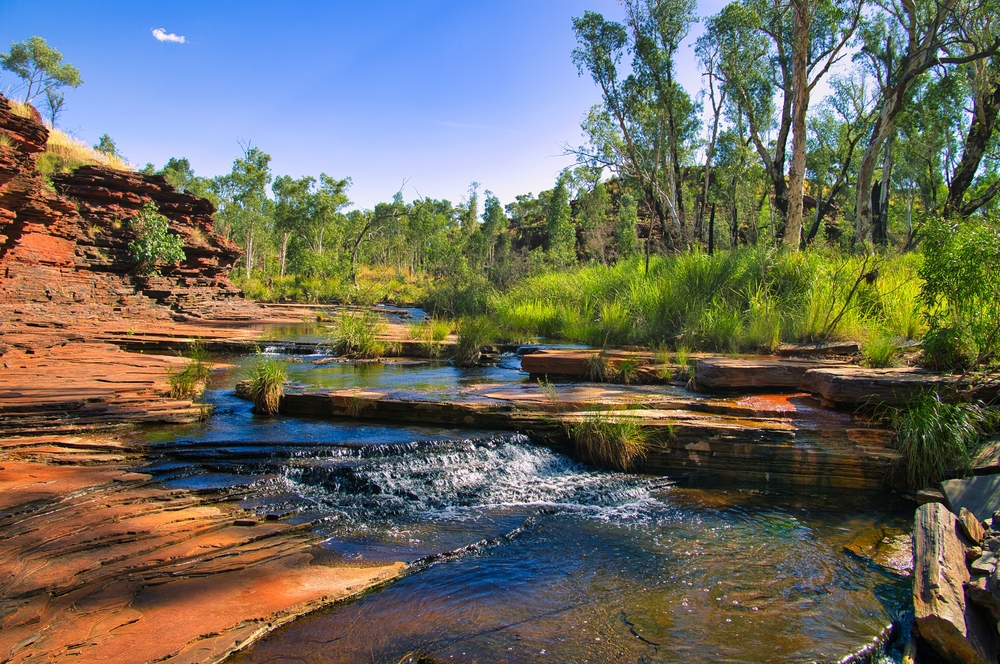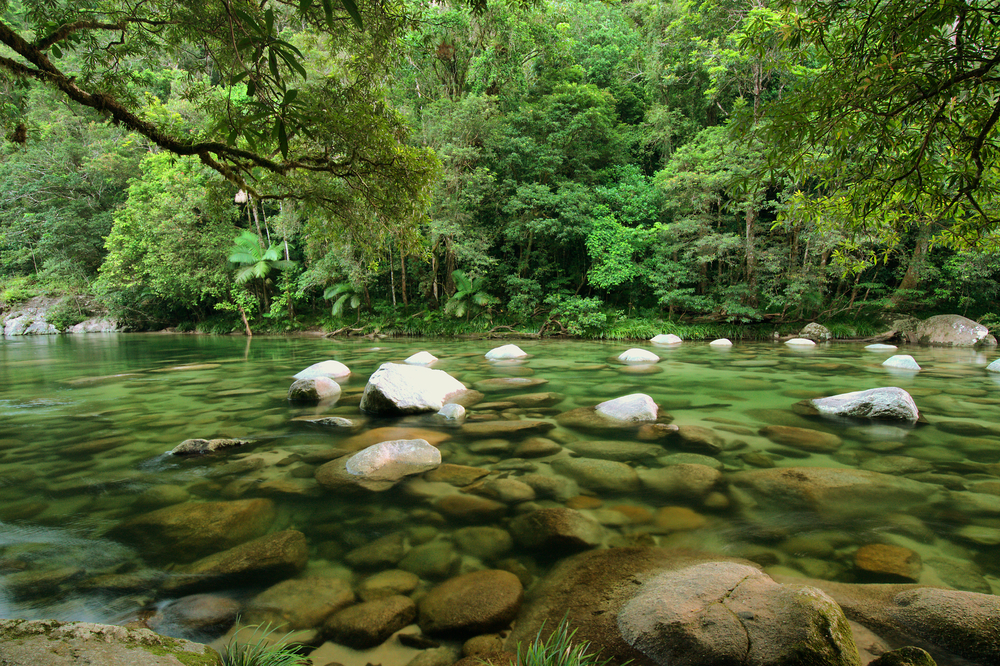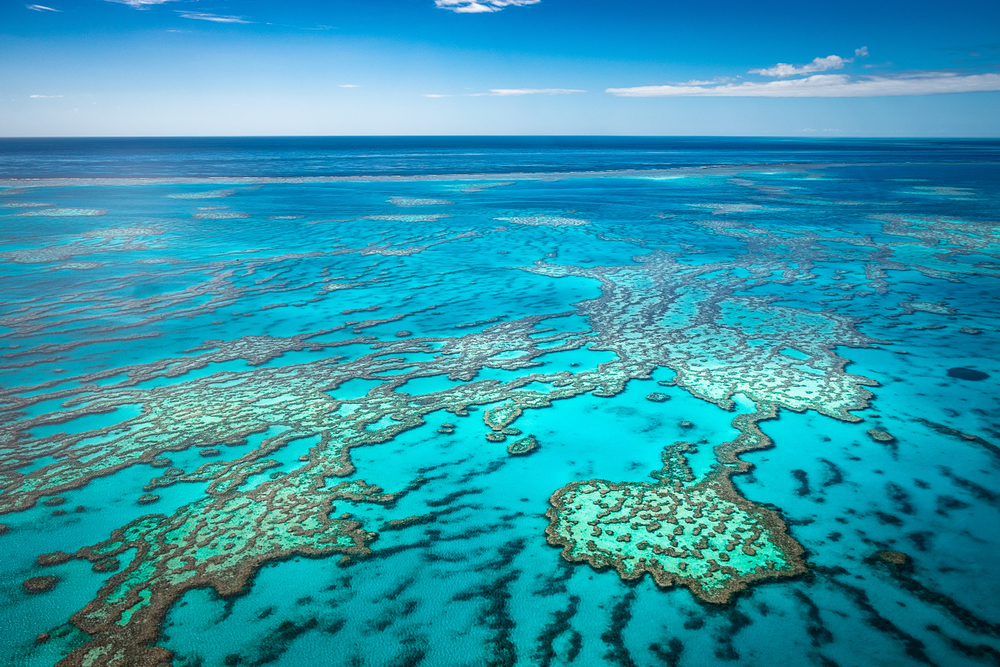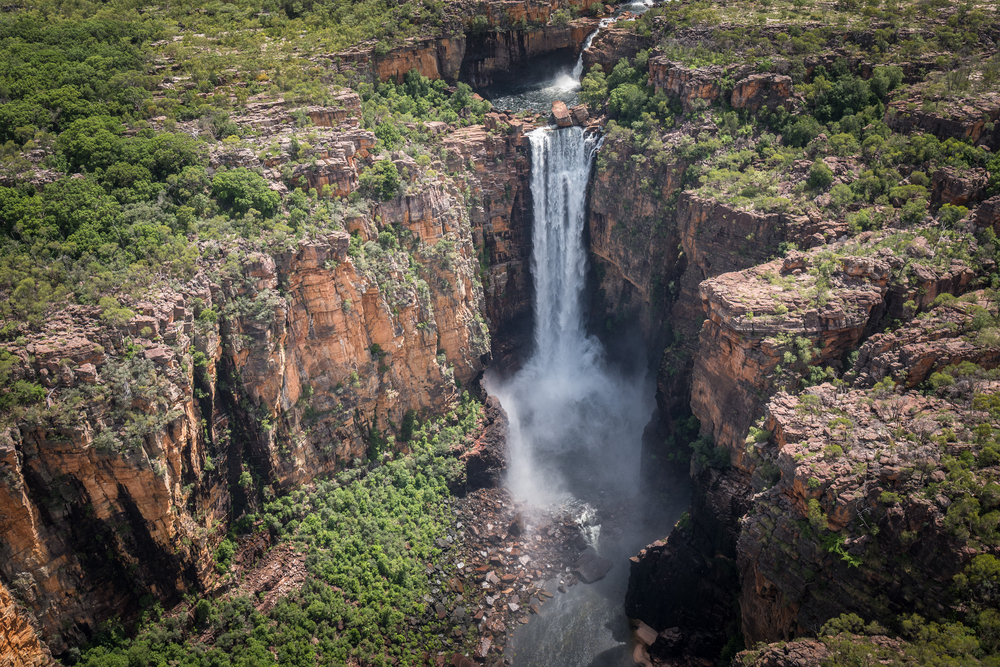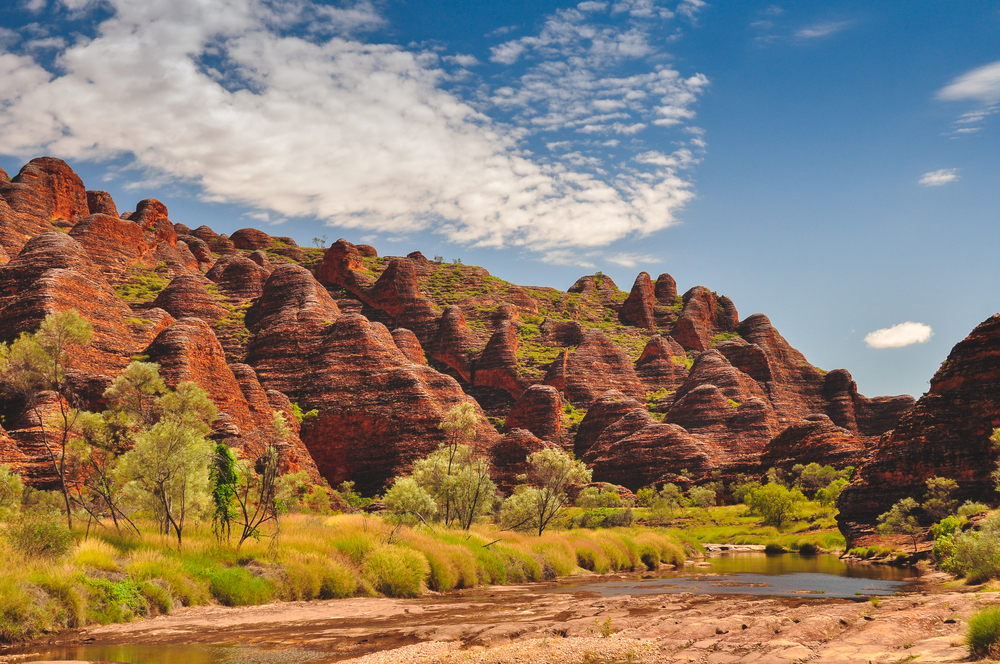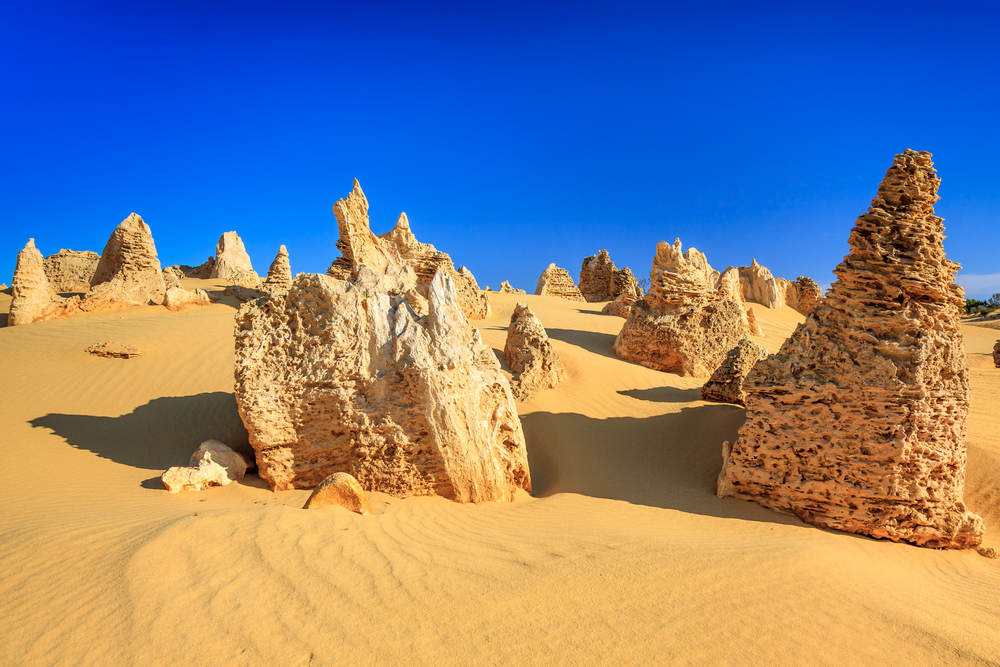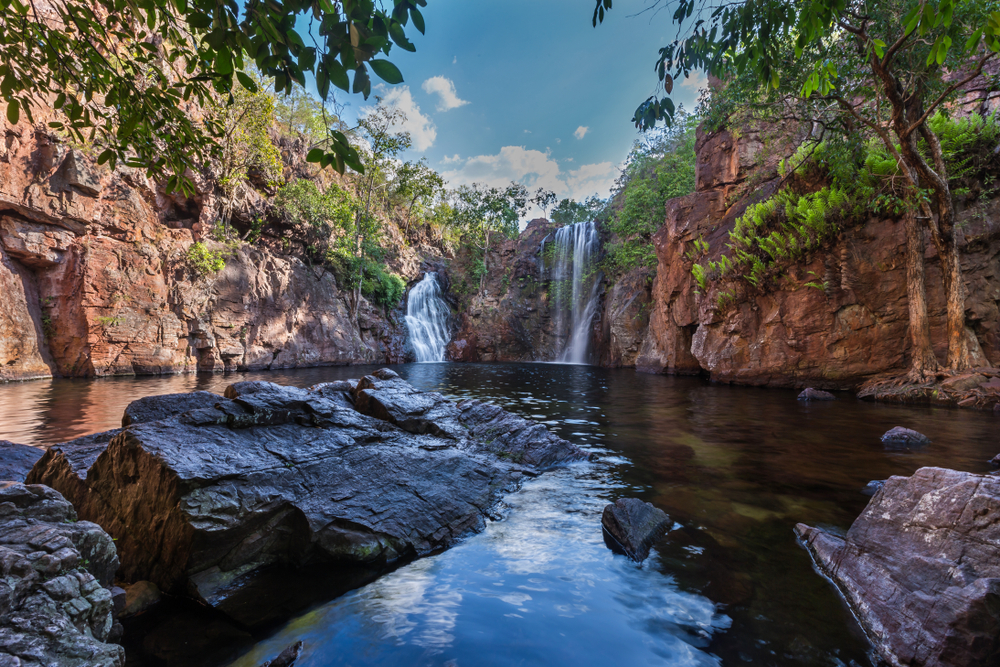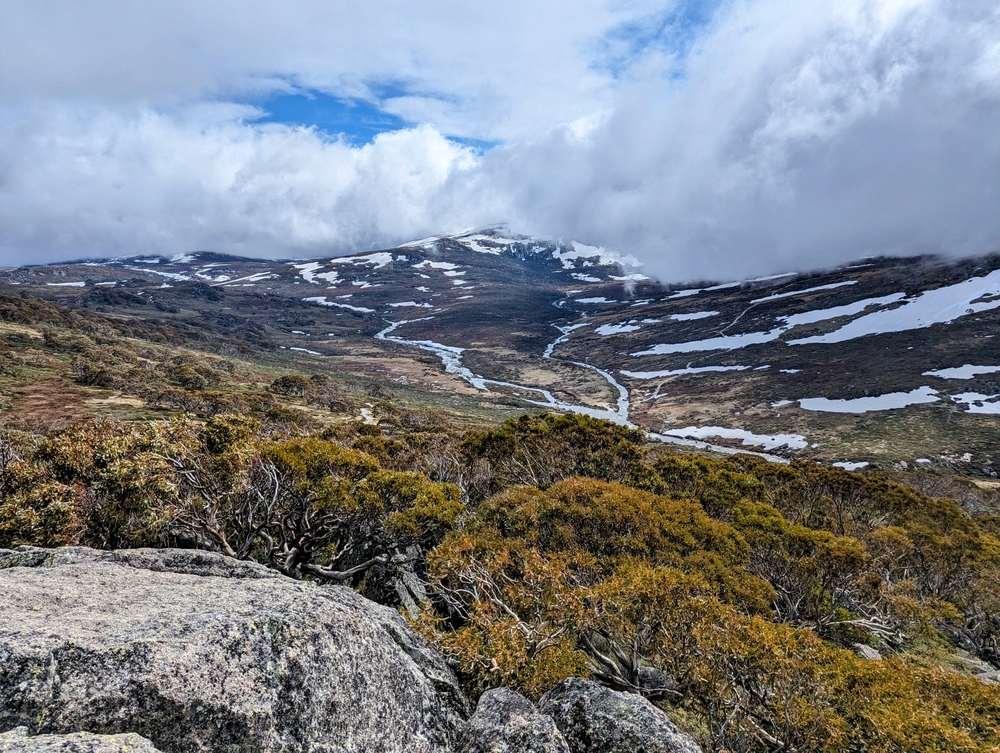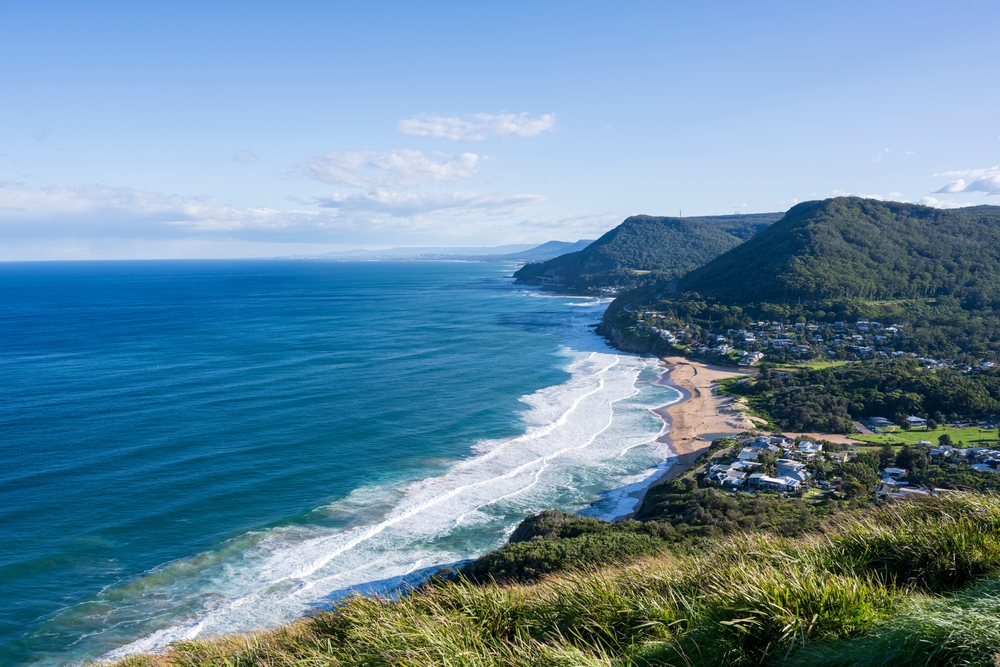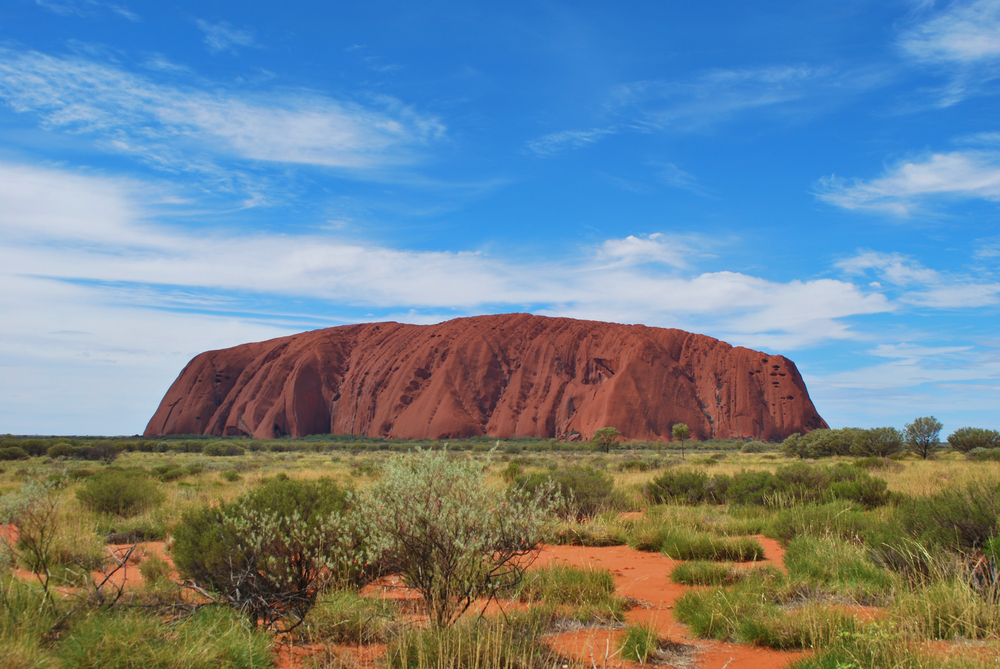Karijini Overview
Karijini National Park, known as “Karijini” by the local Banyjima people, is a spectacular national park located in the Pilbara region of Western Australia.
The park covers an area of 2,865 square miles (7,455 square kilometers), making it the second-largest national park in Western Australia. Karijini’s landscape is a unique combination of rugged gorges, ancient geological formations, and stunning waterfalls.
The park is home to the Hamersley Range, with key mountains such as Mount Bruce (Punurrunha), which is the second-highest peak in Western Australia, rising to a height of 4,098 feet (1,249 meters). The park is famous for its impressive terrain, including dramatic canyons like Hancock Gorge, Weano Gorge, and Joffre Gorge, as well as beautiful waterholes like Fern Pool and Fortescue Falls.
The vegetation of Karijini National Park is characterized by spinifex grasslands, acacia woodlands, and pockets of eucalypt forests. The park’s flora includes mulga and ghost gums, as well as seasonal wildflowers that bloom after rains.
The vegetation provides a vibrant contrast to the rust-colored rock formations, creating a stunning visual spectacle. The terrain is defined by deep red rock gorges, sheer cliffs, and picturesque waterfalls that cascade into tranquil pools. The pools and gorges offer a cool respite from the heat and provide stunning scenic spots for visitors.
Karijini National Park is home to a diverse range of wildlife. Among the mammals found in the park are red kangaroos, euros (common wallaroos), dingoes, and rock wallabies. Visitors may also encounter echidnas and various small marsupials.
The park is a haven for birdwatchers, with over 130 bird species recorded, including iconic species like the Australian ringneck, rainbow bee-eater, and spinifex pigeon. Birds of prey, such as the wedge-tailed eagle, can often be seen soaring high above the rugged landscape, while the presence of parrots, finches, and honeyeaters adds vibrant color to the park.
One of the most popular features of Karijini National Park is its series of gorges, which offer breathtaking views and opportunities for exploration. Visitors are drawn to sites like Dales Gorge, which includes the iconic Fortescue Falls, Circular Pool, and Fern Pool.
Other must-see attractions include the dramatic depths of Hancock Gorge, where adventurous visitors can navigate narrow rock passages and swim through cool pools. The park’s many natural swimming holes, such as those in Joffre and Weano Gorges, provide unforgettable experiences for those seeking adventure and relaxation.
There are numerous ways for visitors to experience Karijini National Park. Popular activities include hiking, rock climbing, and swimming in the natural pools. There are several designated hiking trails, ranging from easy walks to challenging scrambles through narrow gorges.
The park is also known for its camping opportunities, with campgrounds like the Karijini Eco Retreat offering visitors a chance to immerse themselves in the park’s natural beauty. Guided tours are available, providing deeper insights into the park’s geology, flora, and fauna.
Karijini National Park faces some conservation challenges, including the impacts of climate change and the management of tourism activities to ensure minimal disturbance to the natural environment. Efforts have been made to involve the traditional custodians of the land, such as the Banyjima, Yinhawangka, and Kurrama people, in park management decisions.
This collaboration has led to the successful preservation of cultural sites and natural features within the park. Conservation initiatives aim to maintain the delicate balance between protecting the park’s biodiversity and providing a world-class visitor experience.








































































